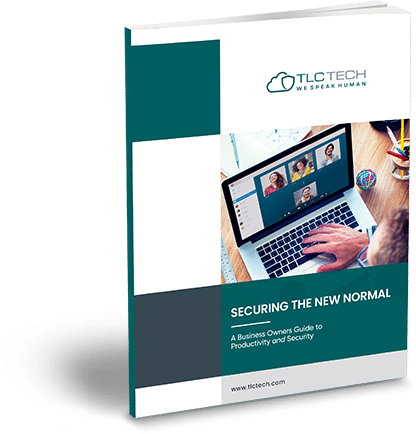How To Encrypt Your Emails In Outlook
Confidentiality is the cornerstone of any company’s ability to do business. No matter what type of small-to-medium sized business you operate, your clients expect you to maintain the privacy of their affairs and information, no matter what.
It has never been more difficult to do so. Data breaches are more common than ever before, and businesses are prime targets for hackers that want valuable information.
That’s why you need email encryption.
The Importance Of Email Encryption
Email is the primary method of communication amongst your staff members and your clients, so if you’re not encrypting email, you’re leaving all sorts of sensitive information open to unauthorized access.
Some may assume that because they’re not a government organization dealing with top-secret info, or even a law firm trying to protect their clients’ confidentiality, that they don’t need security measures like email encryption.
The truth? Small businesses like yours need it just as badly as anyone else:
- Loss of Privacy: Email is your best means of communicating with your clients and employees, but if you’re questioning the security measures in place, how can you feel comfortable sharing private and valuable information? Worrying about who will read your email every time you send one is no way to do business.
- Untrustworthy Reputation: Customers and clients rarely continue to work with businesses after they’ve been hacked. Would you expect your current business partners to continue to communicate with you via email if they were unsure of its safety? Protection for your email further protects your business’ integrity and reputation in the local community.
- Risk Of Non-Compliance: No need to be long-winded about this one – everyone knows HIPAA, NIST, or other types of compliance can be as frustrating as it is necessary. Ensuring emails are properly encrypted is just one part of that compliance.
What Is Encryption?
In layman’s terms, encrypted data is formatted in a secret code that would be meaningless if intercepted. It is one of the most efficient ways to secure a database given that decryption can only occur through a key, which is essentially a “secret password”. In this case, there is a need for updated encryption software to ensure that private information is only accessible through the database program.
Encryption technology is a great way to protect important data. By making data unreadable to anyone who isn’t supposed to have access to it, you can secure files stored on your systems, servers, and mobile devices, as well as files sent via email or through file-sharing services.
How Do I Encrypt An Email In The Outlook Desktop App?
Note: this feature is only available for Microsoft 365 business premium subscribers.
Email Encryption in Microsoft 365
- Compose your message
- Click Options
- Select Encrypt
- Select the encryption that offers the necessary restrictions (e.g. Encrypt-Only or Do Not Forward)
Email Encryption In Outlook 2019 and 2016
- Compose your message
- Click Options
- Select Permissions
- Select the encryption option that offers the necessary restrictions
How To Encrypt A Single Message
- Compose your message
- Click File
- Select Properties
- Click Security Settings
- Check the “Encrypt message contents and attachments” check box
Encrypting All Outgoing Messages
Note: if you encrypt all your emails, recipients must possess your digital ID in order to read them.
- Click File
- Select Options >Trust Center > Trust Center Settings
- Under the Email Security tab, under Encrypted email, check the “Encrypt contents and attachments for outgoing messages” check box
Your message will then be encrypted — it’s a simple way to protect your communications against prying eyes that intercept them in transit or breach the recipient’s inbox.
To learn more about the features offered by Microsoft solutions and apps, make sure to check out our on-demand library of past Microsoft webinars, and see the schedule for upcoming broadcasts.

